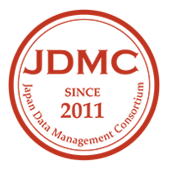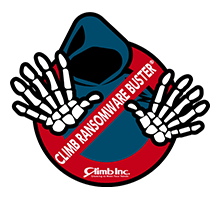Exadataのベスト・プラクティスに関してすでに多くの情報があるので、ここでは「Must Have」と「Don’t do」リストといくつかのベスト・プラクティスをリストアップします。
注:これらの内容は変化しますので、最終的には最新のオラクル・ドキュメントを確認ください。
●Must have Bundle Patch 5. (See Note: 888828.1 for latest patch.)
●Must have ASM to use Exadata; Automatic Storage Management (ASM) serves as the filesystem and volume manager for Exadata.
●Must have the correct data center cooling! This is very important (I suggest doing some research on this).
●Must have three floor tiles on a raised floor (must support 2219 lbs./964 kg) with holes (cooling) for a full rack (between 1560 CFM and 2200 CFM front to back). You don’t want to melt it! All of this is subject to change so please check the latest specifications.
●Must have the correct power needs.
●Must have Oracle Linux 5.3 (x86_64) and Oracle DB 11.2 (currently).
●Must have RMAN for backups.
●Consider StorageTek SL500 Tape backup (many positive reviews but pricey).
●Don’t add any foreign hardware or … no support!
●Don’t change BIOS/firmware or … no support!
他のベスト・プラクティス
●Use an ASM allocation unit (AU) size of 4M (currently).
●“CREATE ALL” celldisk and griddisks.
●Use DCLI to run on all storage servers at once (this is both helpful and saves time).
●Use IORM for resource management.
●Decide your Fast Recovery Area (FRA) and MAA needs before you install.
●Use Database 11.2.0.1+ (11.2.1.3.1) and ASM 11.2.0.1+ (minimums currently).
●Must be compatible with 11.2.0.1+ (current minimum).
●Has a logfile size of 32G (Whoa!).
●Use Locally Managed Tablespaces (LMT) with 4M uniform extents.
●Move data with Data Pump (usually, but you have many other options).
●Start with the default initialization parameters for tuning and then adjust as needed for your workload.
by Richard Niemiec (LogicalRead)


 RSSフィードを取得する
RSSフィードを取得する


